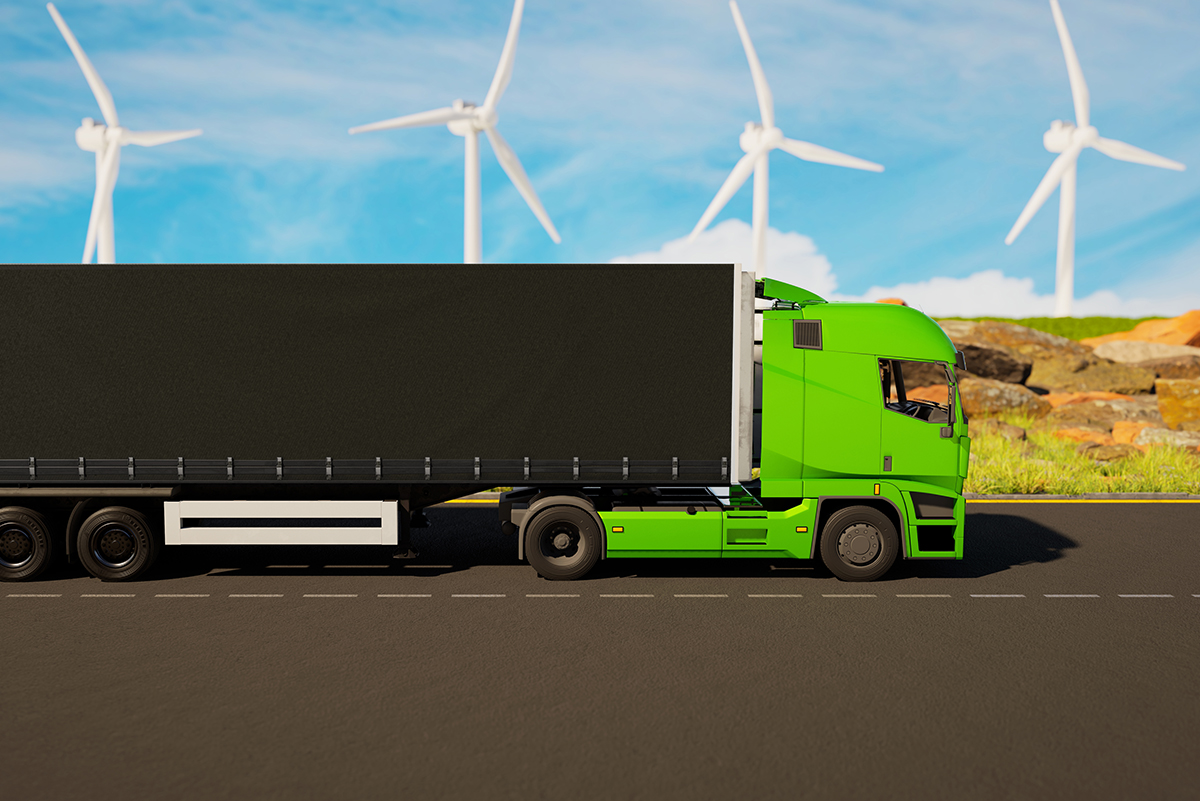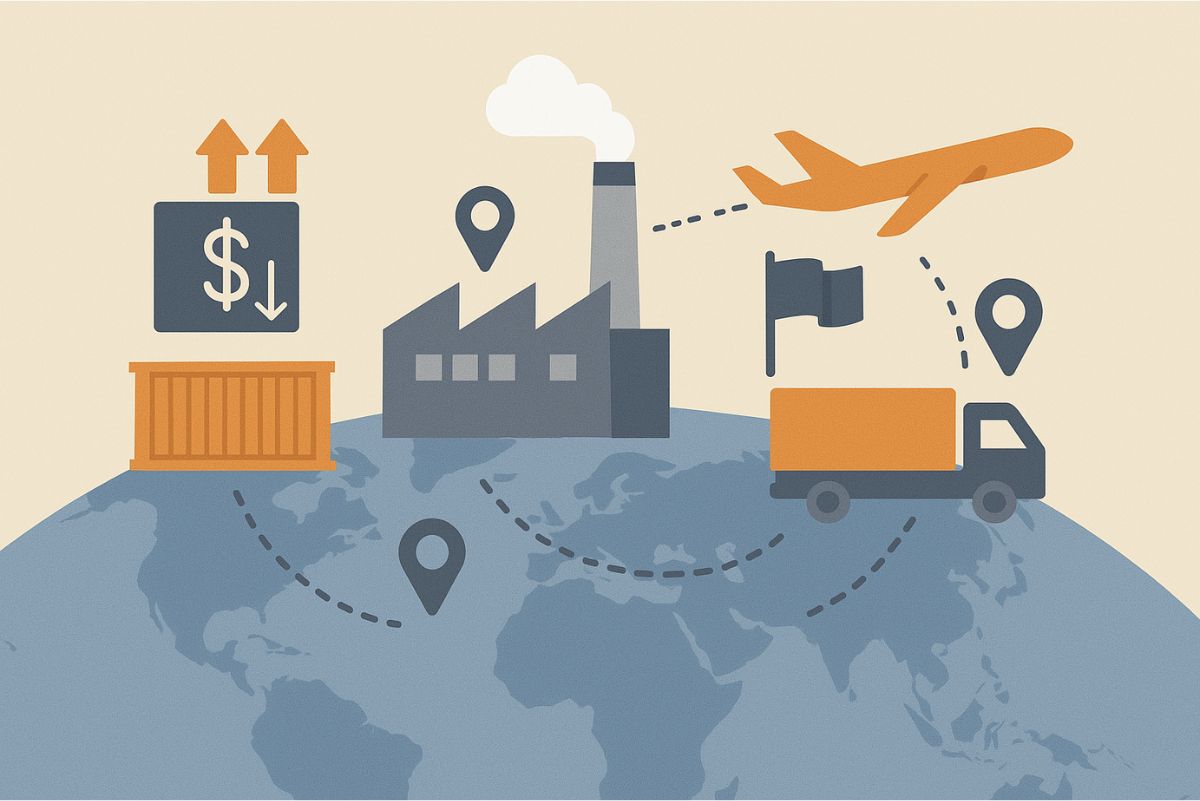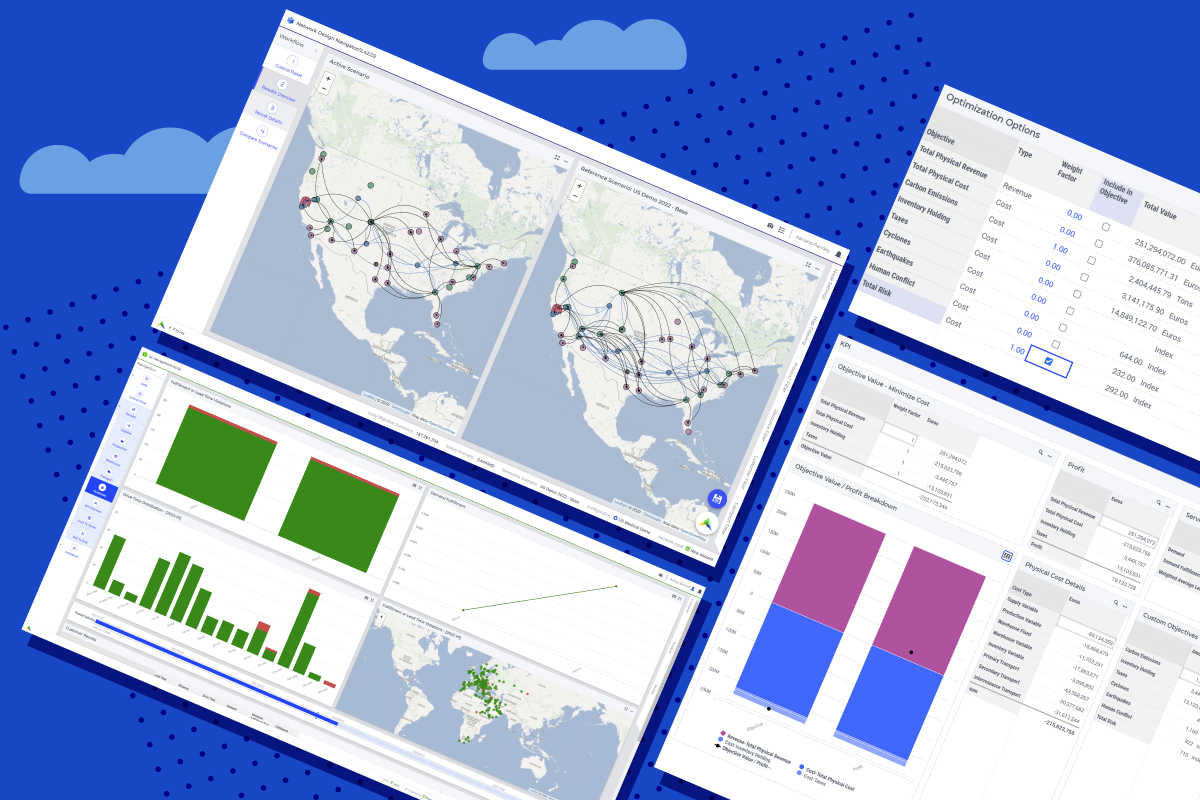Supply Chain Optimization Technology for ESG Compliance
How can supply chain optimization technology help global businesses comply with the ESG directive in Europe? Find out below.
As global businesses increasingly focus on Environmental, Social, and Governance (ESG) factors, it is becoming critical for them to comply with the ESG directive in Europe. The European Union has set stringent regulations for companies to ensure their operations are sustainable, ethical, and socially responsible.
However, complying with the ESG directive can be challenging for companies with complex supply chains that involve multiple stakeholders. This is where supply chain optimization technology can play a vital role in helping companies comply with the ESG directive in Europe.
What is the ESG Directive?
The ESG directive requires companies to integrate environmental, social, and governance considerations into their business operations. The directive aims to create a sustainable and socially responsible business environment by encouraging companies to adopt best practices in areas such as waste management, carbon emissions, labor practices, and board diversity.
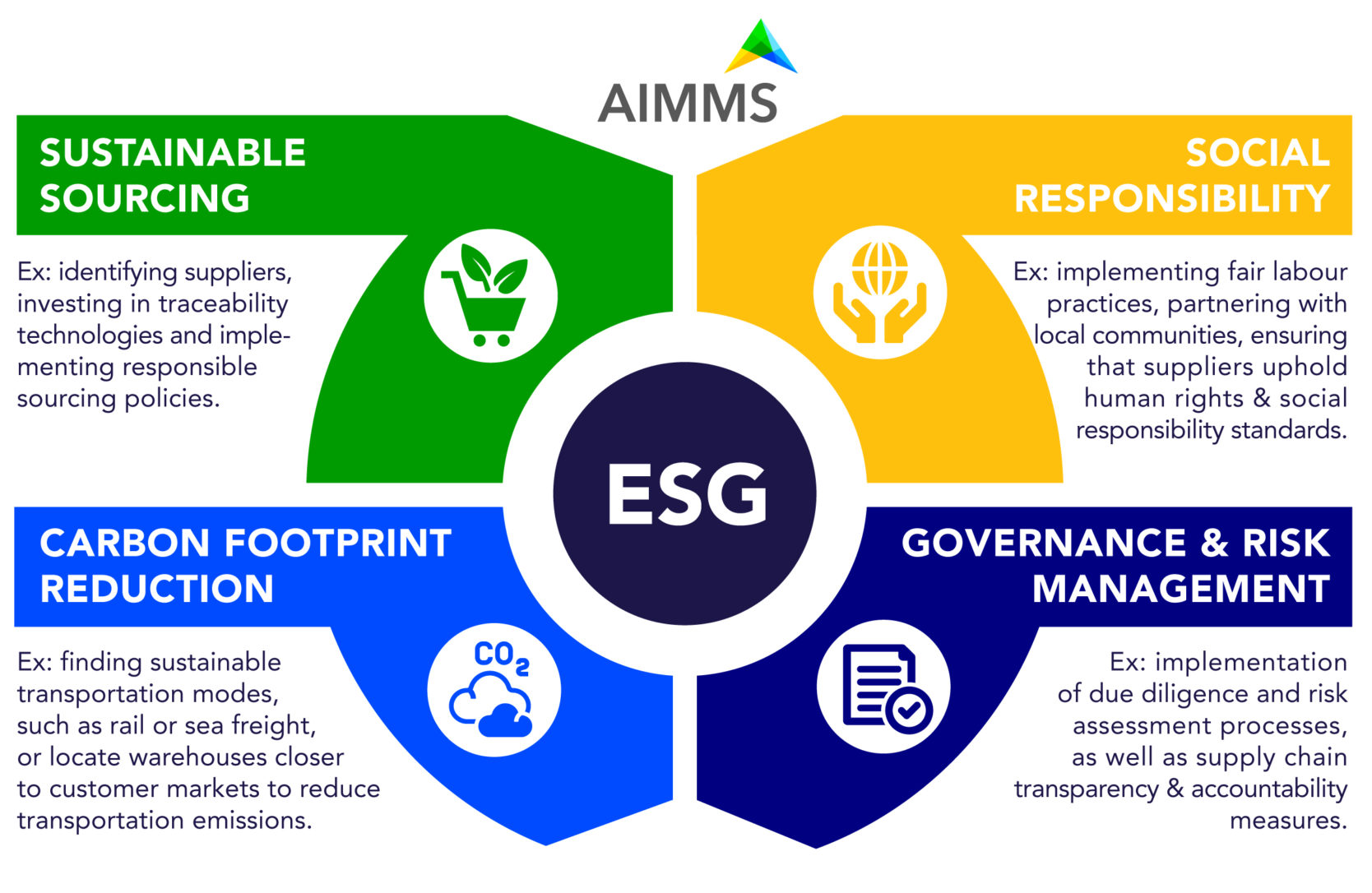
The directive applies to all companies operating in the EU with more than 500 employees or a turnover of over €40 million. Companies that fail to comply with the directive can face hefty fines and damage to their reputation.
Where should global businesses focus on improving?
Supply chain optimization technology uses data analytics, machine learning, and artificial intelligence to analyze the supply chain’s performance, identify bottlenecks and inefficiencies, and suggest ways to improve it.
Here are some ways supply chain optimization technology can help companies comply with the ESG directive:
1. Reduce carbon emissions
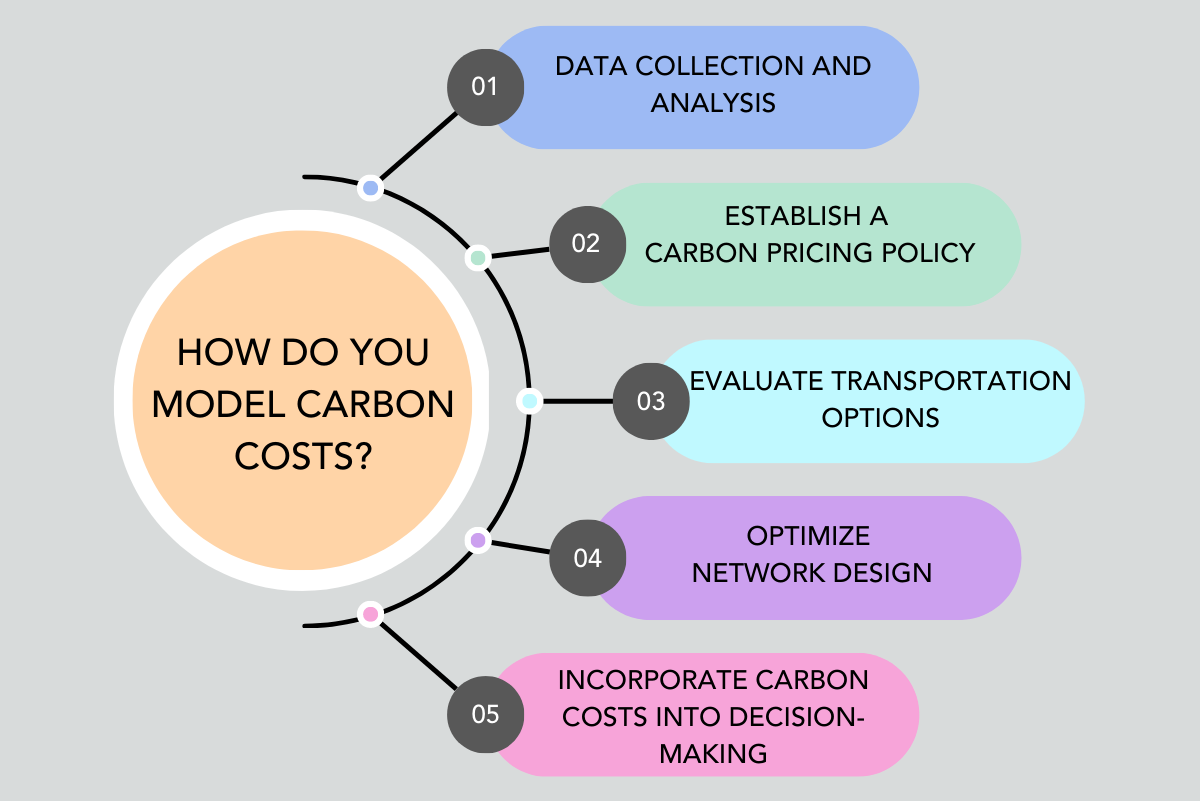
One of the critical areas of compliance under the ESG directive is reducing carbon emissions. Supply chain optimization technology can help companies identify the most carbon-intensive parts of their supply chain and suggest ways to reduce emissions. For example, technology can help companies optimize their transportation routes, use more eco-friendly modes of transportation, and reduce packaging waste. Advanced network design technology offers functionality that supports reporting on Scope 1,2 and 3 emissions.
Read Best Practices to Model Carbon Costs in Supply Chain Network Design.
2. Improve supply chain transparency
The ESG directive requires companies to be transparent about their supply chain’s social and environmental impact. For example, supply chain network design solutions help to visualize emissions and optimize for trade-offs between objectives, thus hence help transparency.
3. Ensure ethical labor practices
The ESG directive requires companies to ensure ethical labor practices, including fair wages, safe working conditions, and no child labor.
Supply chain optimization technology for resilient and sustainable Network Design
In order to have a complete view of this complex landscape of challenges, Deloitte suggests that a comprehensive optimization of the supply network design is needed, as well as an optimization of the entire design process itself.
According to their survey, the main challenges for decision-makers seem to be operational efficiency, anxiety about the supply chain’s resiliency, its internal complexities, and vendor fragmentation.
The foundations for this approach: real-time data and digital solutions.
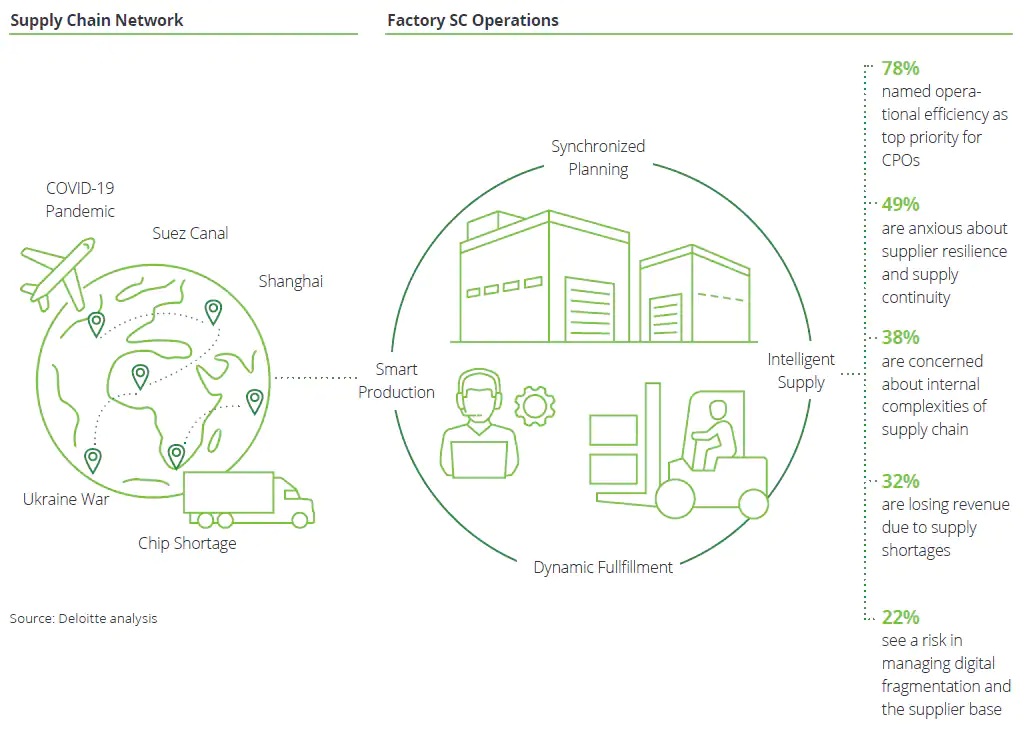
Here are some practical examples of how supply chain optimization tools can help global brands design their networks to minimize environmental impact.
Modeling: model a logistics network and provide insight into its performance. This includes analyzing factors such as transportation costs, service levels, and environmental impact. It can then suggest changes to the network that would improve its sustainability, such as consolidating shipments at cross-docking facilities or locating warehouses in areas with low carbon emissions.
Scenario analysis: perform scenario analysis to help logistics brands understand the impact of different decisions on their logistics network. For example, the software can help companies analyze the environmental impact of using different transportation modes, or the impact of opening a new warehouse in a particular location. By providing insight into the potential impact of different scenarios, the software can help brands make more informed decisions about their logistics network.
Multi-objective optimization: perform multi-objective optimization to help organizations balance multiple goals, such as reducing costs and minimizing environmental impact. Network design technology can identify trade-offs between different objectives and suggest the optimal solution that balances these objectives. For example, it can help companies identify the most sustainable transportation mode that also meets delivery windows and reduces transportation costs.
Real-time optimization: optimize a logistics network in real-time, based on changing demand patterns and other factors. This allows companies to adjust their logistics network quickly and efficiently, reducing waste and improving sustainability.
Other related regulations
Starting January 2023, Germany’s Supply Chain Due Diligence Act will require companies to prove that they are not supporting human rights abuses or environmental destruction in their supply chains. This law is the first of its kind and is intended to prevent and stop these kinds of supplier violations. Companies that do not comply will face steep penalties, including fines of up to 2% of their revenue and being banned from future government contracts.
The Corporate Sustainability Due Diligence Act, passed by the European Commission in 2022, is a similar regulation. This law demands responsible and sustainable corporate behavior throughout global supply chains, enforced by EU supervisory authorities through fines, sanctions, and compliance orders. Non-compliant companies will be held accountable for their actions.
Both laws require companies to be transparent about their risk management procedures, preventative measures, and remediation actions for environmental and human rights concerns. Companies must disclose this information annually. Failing to do so will result in severe consequences. These laws mean that companies can no longer simply claim to follow a “code of conduct” and must implement more robust measures to ensure their suppliers comply. The stakes are high, and there is no room for compromise.
Conclusion
Complying with the ESG directive in Europe can be challenging for global businesses with complex supply chains. However, supply chain optimization technology can help companies streamline their operations, reduce carbon emissions, improve transparency, and ensure ethical labor practices.
If you want to learn more on this topic, watch our on-demand webinar Supply Chain Network Design Use Cases: From Lowering Costs to Going Green.

